Blog Posts Tagged Technical Content
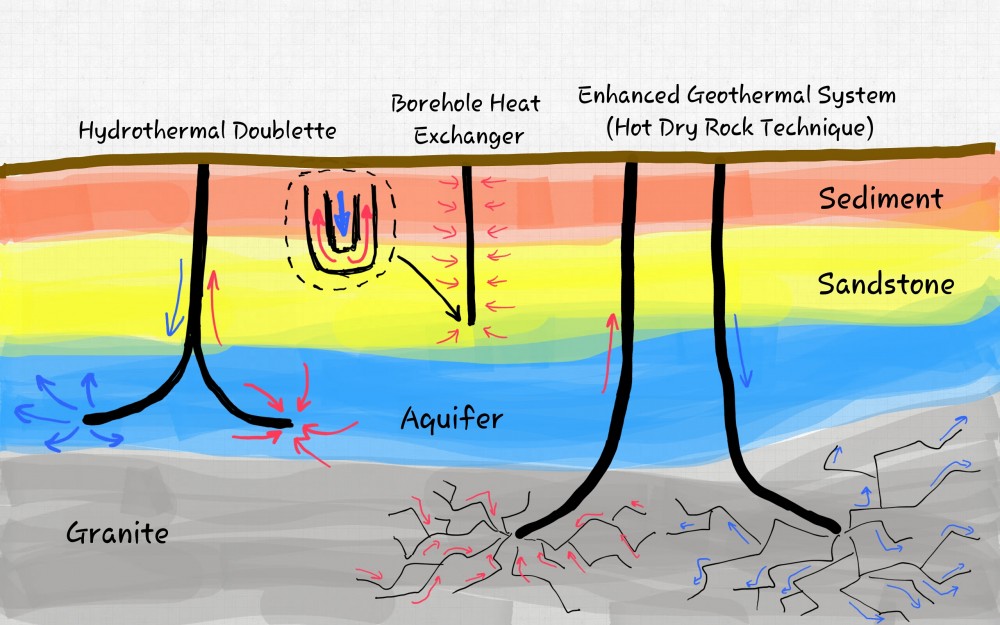
Modeling Geothermal Processes with COMSOL Software
Read Part 1 of our Geothermal Energy blog series here. You’ll get an introduction to the concept of modeling geothermal processes and the many physical phenomena involved.

Automate Your Modeling Tasks with the COMSOL API for use with Java®
You can automate your coffee-making process, so why shouldn’t you be able to automate your modeling tasks? You can, using the COMSOL API for use with Java®.
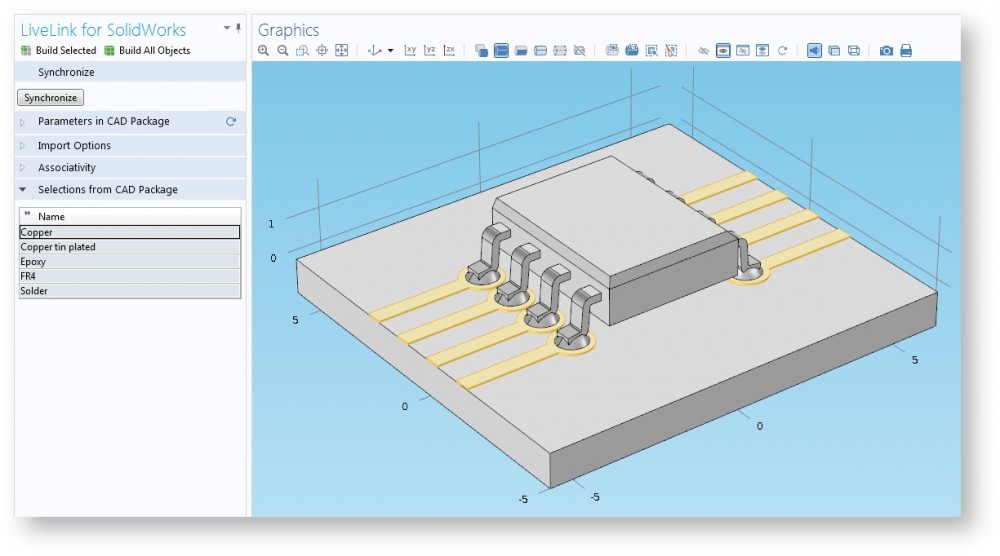
Synchronizing Selections Between SolidWorks® and COMSOL Multiphysics®
Learn how to synchronize selections between SOLIDWORKS® and COMSOL Multiphysics® via LiveLink™ for SOLIDWORKS® (as well as why you should!)
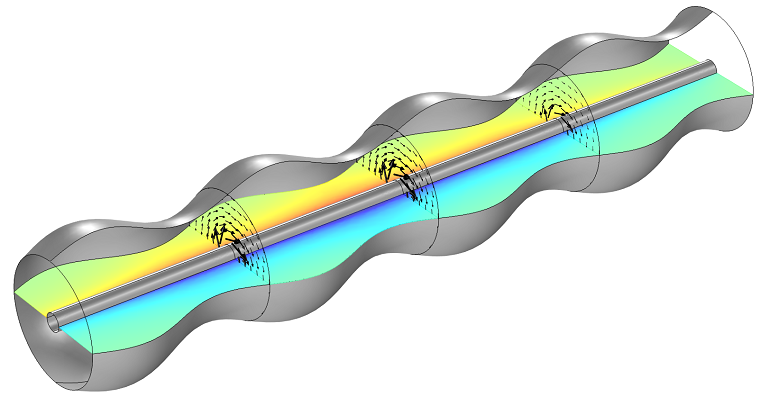
Computing the Impedance of a Corrugated Waveguide
Did you know that you can compute the effective impedance for waveguides with nonuniform cross sections (such as corrugated waveguides) in COMSOL Multiphysics®? We demonstrate how here >>
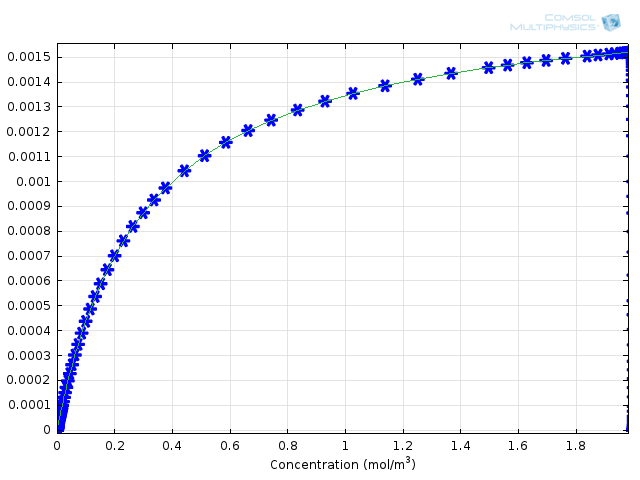
Enzyme Kinetics, Michaelis-Menten Mechanism
For the 100-year anniversary of the Michaelis–Menten mechanism, we honor the trailblazing publication the best way we know how — with simulation.
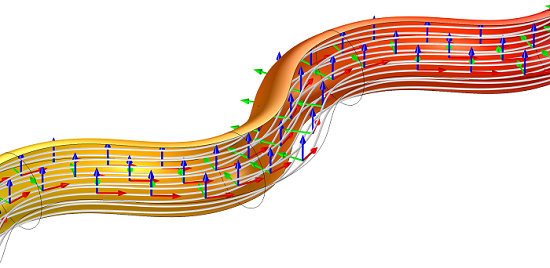
Defining Curvilinear Coordinates for Anisotropic Materials
Consider a carbon-fiber-reinforced polymer with woven fibers embedded in an epoxy matrix. How can you express the anisotropy by referring to the well-known Cartesian coordinate system?
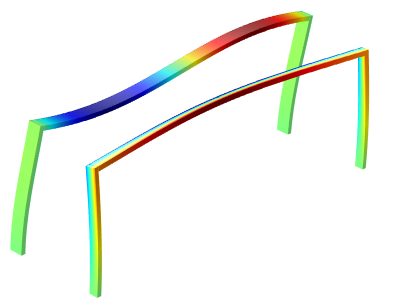
Buckling, When Structures Suddenly Collapse
The easiest way to approach a buckling problem — like a bridge collapse or crushed soda can — is by performing a linearized buckling analysis. See how to do so in COMSOL Multiphysics® here >>
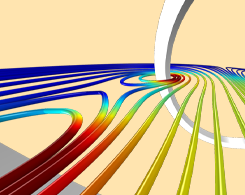
Plotting Spatial Derivatives of the Magnetic Field
Radiology, magnetophoresis, particle accelerators, and geophysics are all areas where it is useful to compute the spatial derivative of the magnetic field or magnetic flux density.
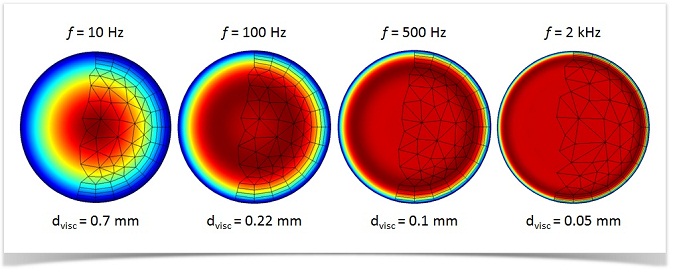
How to Model Thermoviscous Acoustics in COMSOL Multiphysics
Want to solve your acoustics model for acoustic pressure, velocity, or temperature variation? Enter the Thermoviscous Acoustics interface, which offers a simple and accurate way.
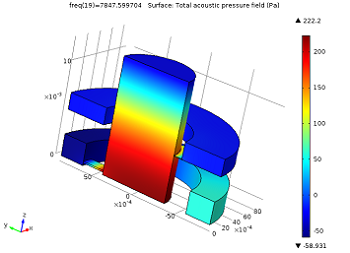
Theory of Thermoviscous Acoustics: Thermal and Viscous Losses
Here’s your comprehensive introduction to thermoviscous acoustics. Topics covered include theory, physics, boundary layers, bulk losses, attenuation, and narrow region acoustics.
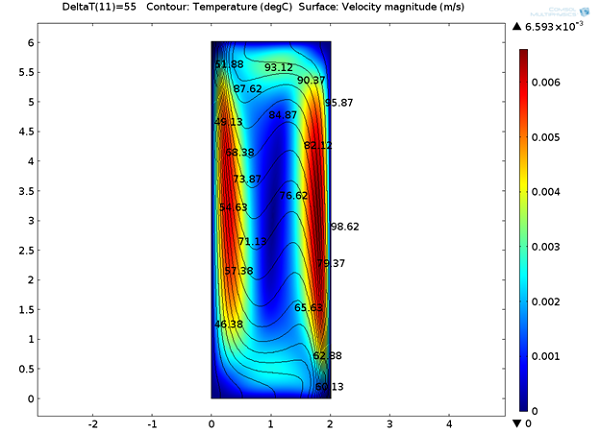
Buoyancy-Driven μPCR for DNA Amplification
True crime + simulation: The more DNA in a sample, the easier it is to accurately test and identify biomolecules, cells, and even an entire person during forensic investigations.

Optimizing Heater Power for Thermal Processing
We demonstrate a useful approach for process control modeling and optimization using COMSOL Multiphysics® and the Optimization Module.
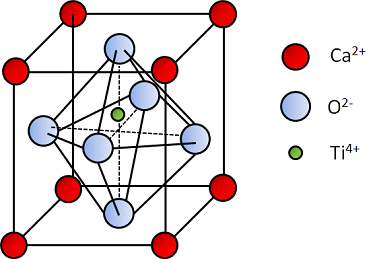
Piezoelectric Materials: Crystal Orientation and Poling Direction
Learn how to accurately model the crystal orientation and poling direction of a piezoelectric material in COMSOL Multiphysics®. We demonstrate how step by step…

A General Introduction to Chemical Kinetics, Arrhenius Law
Countless complications and pitfalls make chemical simulations challenging. Here, we give an introduction to chemical kinetics and Arrhenius law to help >>

Analyze Your Simulation Results with Projection Operators
Remember making shadow puppets on the wall with your hands? Projection operators, a method for analyzing your simulation data, work in a similar way. Let us explain…

Implementing a Simple Temperature Controller with a Component Coupling
Learn how to implement a simple temperature controller (a feedback loop) in a thermal process simulation in COMSOL Multiphysics®. We demonstrate with a silicon wafer example >>
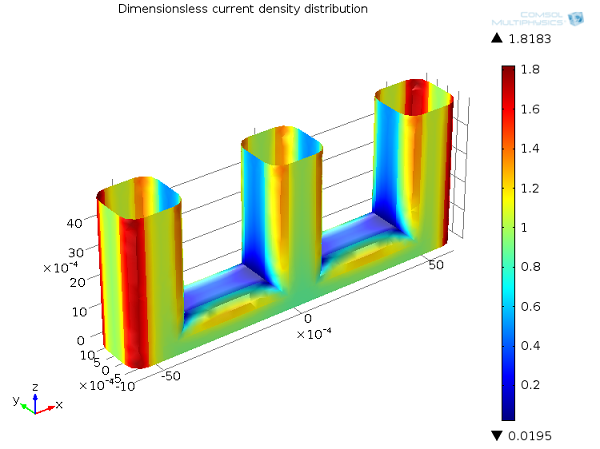
Which Current Distribution Interface Do I Use?
See the different current distributions with a wire electrode example to help you choose between the current distribution interfaces in COMSOL Multiphysics® for your electrochemical simulations.
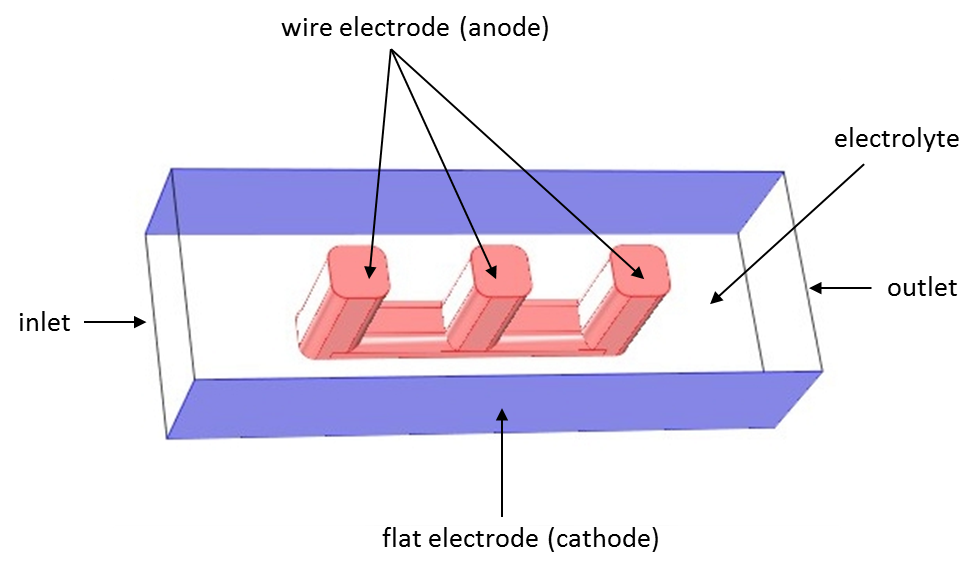
Theory of Current Distribution
Here, we discuss one of the building blocks that make up hybrid parallel computing, namely shared memory computing, as well as when and how to use shared memory with COMSOL Multiphysics®.

Computing and Controlling the Volume of a Cavity
See a method for modeling enclosed volumes containing incompressible fluids (under the additional assumption that the momentum and energy transfer via the fluid is small) in COMSOL Multiphysics®.
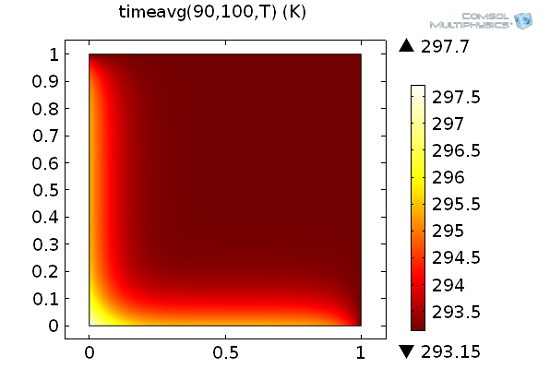
Overview of Integration Methods in Space and Time
Integration is an important mathematical tool for numerical simulations. For example, partial differential equations are usually derived from integral balance equations.
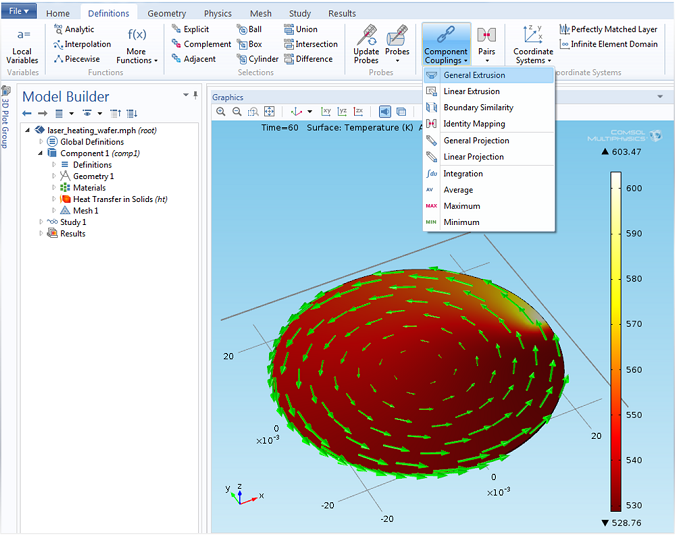
Using the General Extrusion Coupling Operator in COMSOL: Dynamic Probe
Consider a laser heating example with a moving heat source (laser) and moving geometry. How can you use the General Extrusion coupling operator to probe a solution at a point in the geometry?
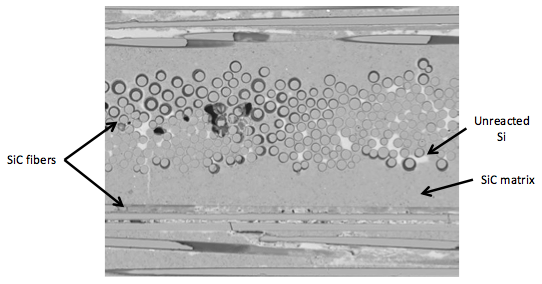
Multiphysics Analysis of Advanced Materials: Ceramic Matrix Composites
A guest blogger from AltaSim Technologies discusses ceramic matrix composites and how to accurately analyze the production of such an advanced material.
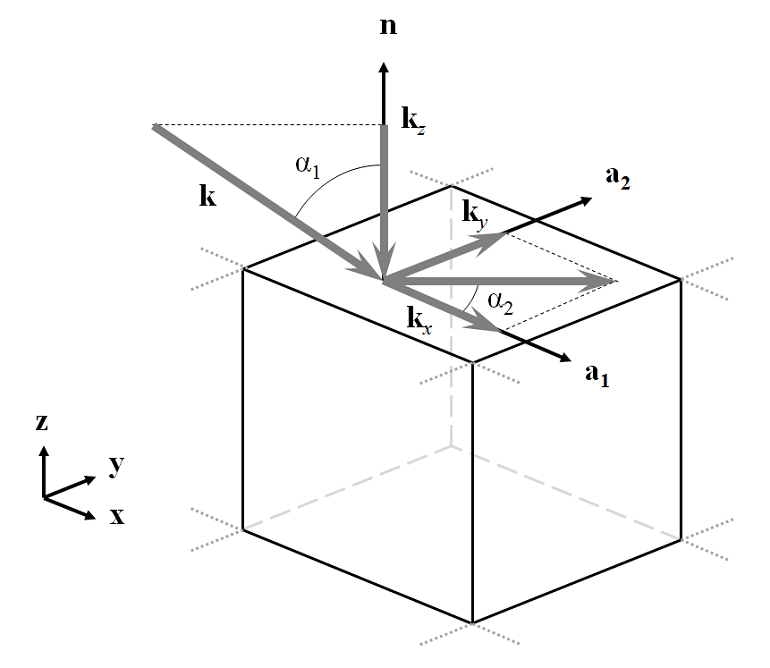
Modeling Electromagnetic Waves and Periodic Structures
Oftentimes, it is of interest to model an EM wave (light, microwaves) incident upon periodic structures, such as diffraction gratings, metamaterials, and frequency selective surfaces.
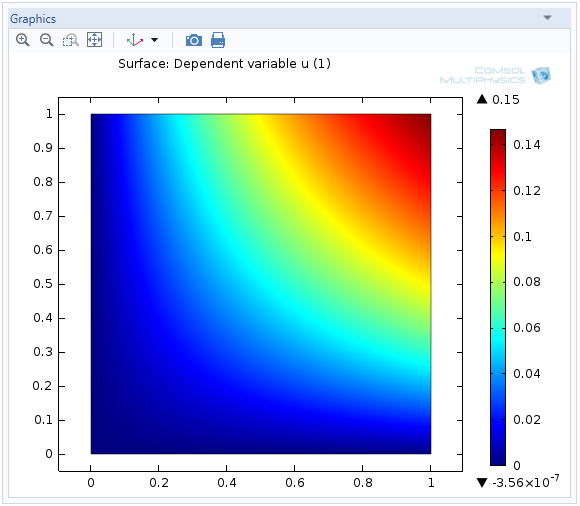
Solving Algebraic Field Equations
COMSOL Multiphysics® is commonly used to solve PDEs, ODEs, and initial value problems. However, did you know that you can also solve algebraic and even transcendental equations?
